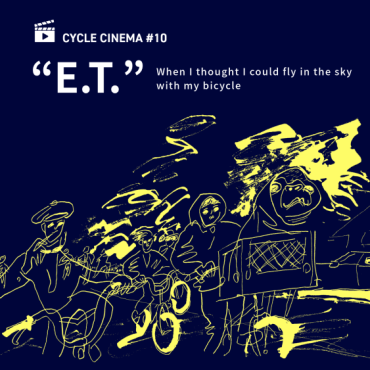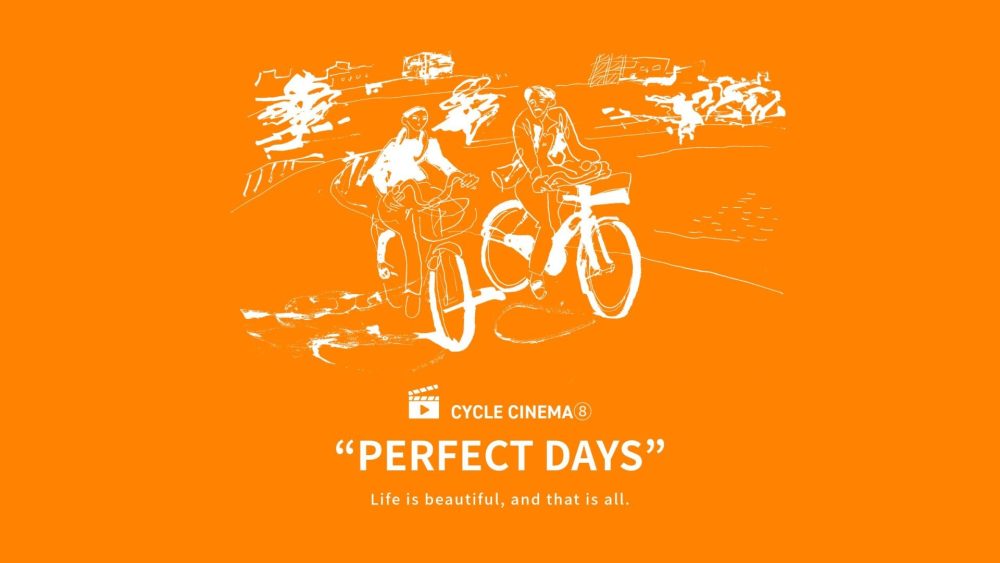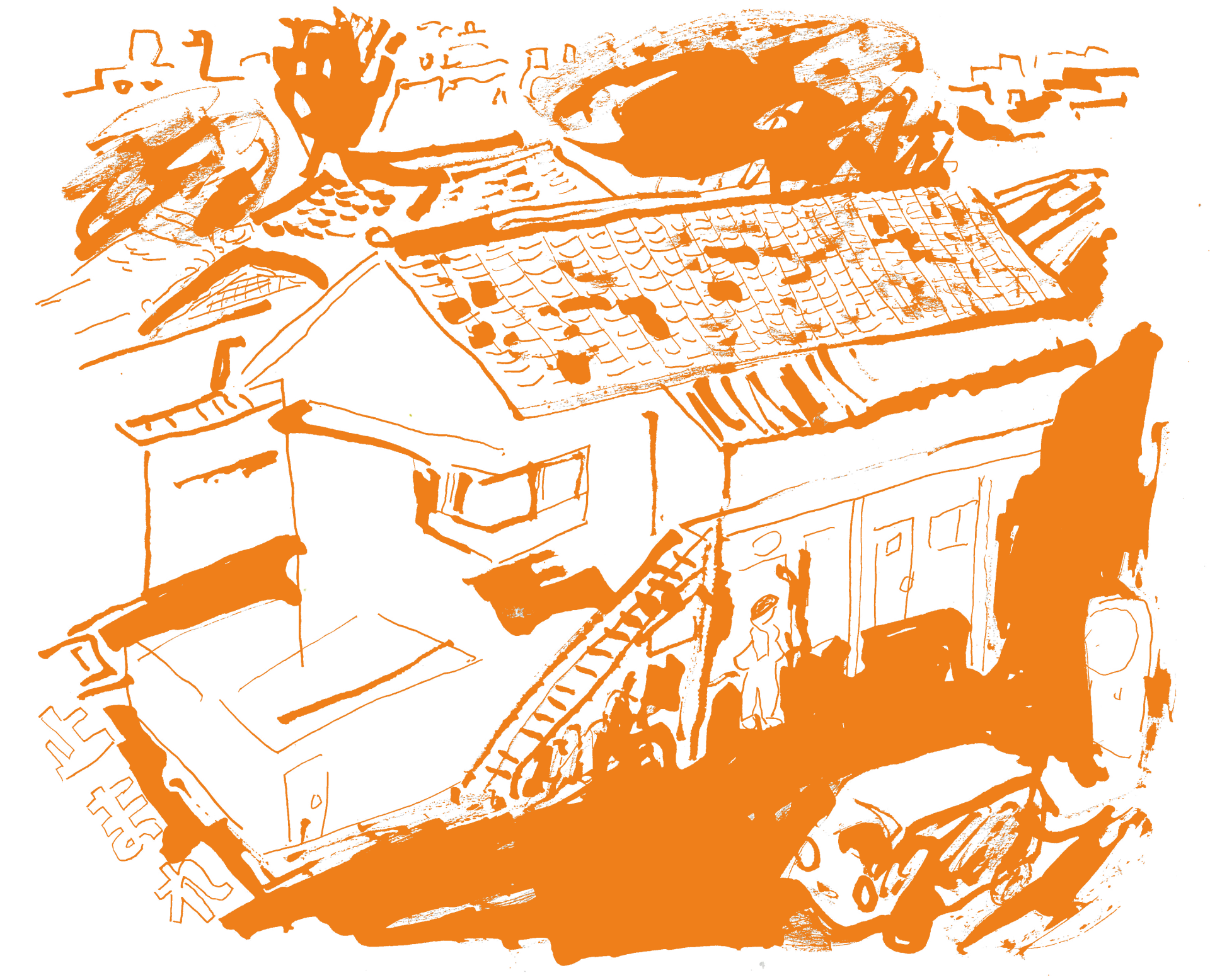
“E.T.”
When I thought I could fly in the sky with my bicycle.

For a certain generation, Wim Wenders is a special figure. During the era when art-house cinemas had a significant cultural impact, his films were considered “must-see movies.” Following the success of “Paris, Texas” (1985) and “Wings of Desire” (1987), Wenders’ works such as “The Goalie’s Anxiety at the Penalty Kick,” “Alice in the Cities,” and “Kings of the Road” were repeatedly re-released. While not necessarily fervent, Wenders’ films were quietly embraced. The influence he has had on contemporary filmmakers and visual artists is immeasurable (film students in Japan were only making road movies in the narrow confines).
In recent years, Wenders has been notable for his work as a documentary filmmaker, but now his narrative films have returned. “PERFECT DAYS” (2023), starring Koji Yakusho, is set in Tokyo. It was selected for the Competition section of the 76th Cannes Film Festival, where Yakusho won the Best Actor award. Additionally, it was nominated for the Best International Feature Film at the 96th Academy Awards. It’s a Wenders celebration. Many longtime fans rushed to theaters, feeling compelled to see it.
The story of “PERFECT DAYS” is simple. Hirayama (a name often seen in Ozu films) , a janitor working in Shibuya, Tokyo, lives a mundane life. He wakes up at the same time every morning, prepares himself in the same way, tends to his plants, and works diligently.
In the film, there are no major events. Hirayama’s daily routine, which seems to repeat the same things every day, takes a slightly irregular turn on his day off. He wakes up a bit later, does the accumulated laundry, and enjoys a drink at his favorite snack bar (with the presence of Mama Sayuri Ishikawa). While he usually travels by car, he uses a bicycle on his day off. The bicycle used in the film is a vintage “Rudge-Whitworth” from England. Hirayama leisurely rides with his laundry in the long basket attached to the bike.
However, why does Hirayama ride such an old bicycle? He owns a car for work and carries a mobile phone (not a smartphone), yet his living space is far from the standard of modern Japan. He doesn’t own a computer, and he listens to music on cassette tapes instead of Spotify. It’s like a world where time stopped long ago. In his world, there is no electric-assist bicycle. He lives each day earnestly, loves the trees, visits public baths, reads books, listens to his favorite music, and rides his familiar bicycle on weekends. That is the essence of perfect days—PERFECT DAYS, one might say. After watching the movie, one might feel like leisurely riding through the neighborhood on a bicycle. Wenders taught us the beauty and transience of everyday life. Everyday life is beautiful, almost too perfect.

🎬CYCLE CINEMA STORAGE🎬
#01 “The Bicycle Thief”
#02 “Project A”
#03 “Shoot for tomorrow!”(origin title “Butch Cassidy and the Sundance Kid”)
#04 “The Kid With a Bike (Le gamin au vélo)”
#05 “Izakaya Choji”
#06 “Cinema Paradiso”
#07 “Kids Return”
#08 “PERFECT DAYS”
#09 “Kramer vs. Kramer”
#10 “E.T.”
#11 “Gachi-Boshi”
#12 “Yesterday”
#13 “Wadjda”
#14 “The Zone of Interest”
#15 “Anselm”
#16 “Otoko wa Turai yo”
Text_Hideki Inoue
I am from Amagasaki City, Hyogo Prefecture, Japan. I work as a writer and editor. My hobbies include hot baths, skiing, and fishing. Although I have no personal connection, I am independently conducting research on Shiga Prefecture. I prefer an active fishing style called “RUN & GUN,” which involves moving around actively instead of staying in one place. Purchasing a car to transport bicycles for this style of cycling seems like putting the cart before the horse.
Illusutration_Michiharu Saotome
Post Date:2024.02.27